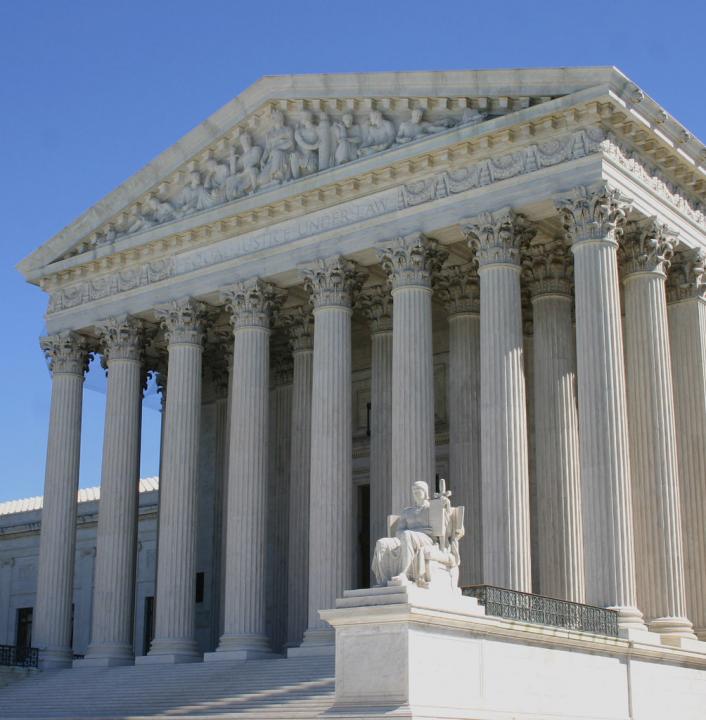The views expressed in this article are the views of the author.
The passing of Ruth Bader Ginsberg and the nomination of Amy Coney Barrett this past month have renewed controversies for the Supreme Court, sparking conversation around several informal proposals to fix the issues with the bench. The most prominent ideas include expanding the bench to more than nine justices, enacting term limits, and instituting a mandatory retirement age. Although each proposal has its own advantages, creating a mandatory retirement age for Court justices is the best long-term solution to our partisan judicial issues.
While discourse regarding the bipartisan politics of the Court is not new, America is currently experiencing the intense politicization of the nomination and appointment process, which has only been exacerbated by the increased polarization of US politics, the bench’s consistent movement to the right and the unexpected vacancies created by justices’ passing.
Establishing a mandatory retirement age of 70 creates regular and anticipated vacancies, allowing for the president and Congress to reach some sort of understanding before the position actually opens. Otherwise, the nomination process becomes desperate, nasty and rushed, as exemplified by the cases of Merrick Garland, Neil Gorsuch, Brett Kavanaugh and now, Amy Coney Barrett.
Additionally, instituting a mandatory retirement age of 70 is the most effective and salient response to current problems because it creates a lasting solution that allows the Court to retain some semblance of impartiality.
Historically, justices have served lifetime appointments in order to encourage true legal scholarship and constitutional interpretation by insulating them from public opinion. While justices may have liberal or conservative views, they are supposed to be divorced from formal associations with any political party.
This was a major criticism of presidential hopeful Pete Buttigieg’s “court packing” plan, which involved expanding the bench to five Republican justices, five Democratic justices and five non-partisan justices elected by the other 10.
However, the issue with increasing the number (of even non-partisan) justices in the Court is that it is a short-term solution. While increasing the bench to 11, 13 or 15 justices would allow the current administration to fill them immediately (creating a supermajority of left- or right-leaning justices), the following administrations would run into the same issues we are currently experiencing: strategic partisan blocking or enabling of certain justice nominations.
Another possible solution is enacting term limits for justices, with 18 years being the most popular number. While on the surface this proposal would approach the problem in a very similar manner to mandatory retirement age legislation, it creates its own problem: What will justices do after serving their term?
Under the current system, retired justices enjoy a number of privileges, including holding an office in the Supreme Court building and remaining an active member of the federal judiciary, meaning they can sit in on any federal court case, whether to observe or write opinions themselves. They also are able to retain an office in the Supreme Court building and employ a number of law clerks and assistants.
However, instituting term limits means that when the term ends, a justice is no longer a federal employee. Because of their unique status and experience, they will receive an incredible number of offers, opportunities and positions after their term, which, as the R Street Institute notes, “will create unprecedented conflicts of interest for the Court and will surely increase public cynicism toward the judiciary… [and undermine] our typical notion of separation of powers.”
On the other hand, mandating a retirement age at 70 ensures that all justices who do not resign are still able to enjoy the benefits, security and respect of serving as a Court justice while also avoiding political conflicts of interest. It ensures that justices will not be left out in the cold after 18 years by promising them a lengthy career and a rewarding retirement. It also encourages the appointment of younger justices who are able to serve longer terms, thus ensuring more variance in age on the bench.
Like most of the political problems in this day and age, the issue of the reorganization of the Supreme Court is multifaceted and complex. While no solution is perfect, the proposal of mandatory retirement ages for justices addresses the issue most completely while allowing the Court to be relatively non-politicized.



